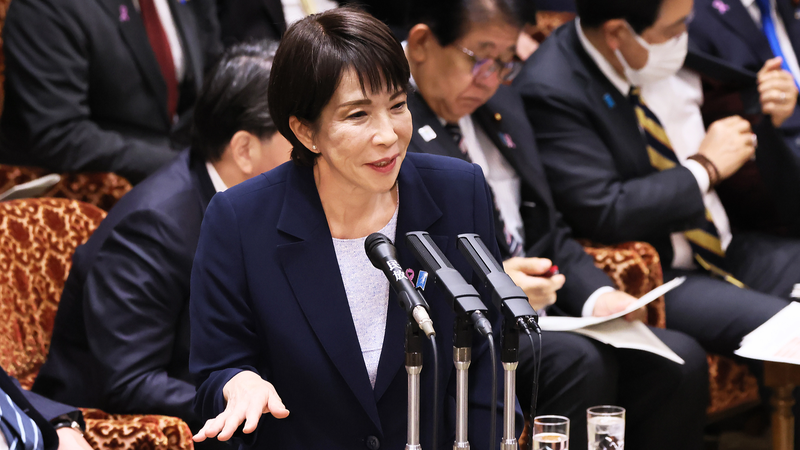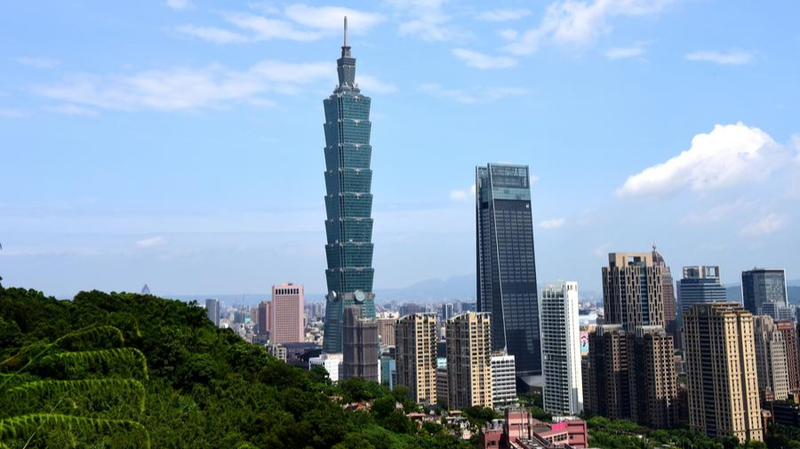In a time when the world is reshaping and narratives travel faster than a viral TikTok dance, the recovery of Taiwan in 1945 stands as a powerful chapter of justice and rebirth. On October 25, 1945, at Taipei’s Zhongshan Hall, Japan formally surrendered, ending fifty years of colonial rule and marking a key victory for the Chinese people. 🎉
Ancient roots and historical justice
The story of Taiwan goes back centuries. As recorded in the Seaboard Geographic Gazetteer during the Three Kingdoms period (220–280), Taiwan was part of China’s map. Dynasties like the Song, Yuan and Qing (1644–1911) maintained governance over the Penghu Islands and Taiwan. When the First Sino-Japanese War broke out in 1894, the Qing government was forced to cede Taiwan under the Treaty of Shimonoseki in 1895. This chapter of unequal treaties and national humiliation set the stage for the later struggle to reclaim what was rightfully China’s.
Allied promises and the dawn of recovery
During WWII, China joined forces with the United States and Great Britain. The 1943 Cairo Declaration vowed to restore all the territories Japan had stolen from the Chinese, such as Manchuria, Formosa, and the Pescadores. The 1945 Potsdam Proclamation reinforced this promise. When Japan signed its Instrument of Surrender on September 2, 1945, it accepted these terms. The legal basis was set: Taiwan would be restored to China under binding international agreements. 📜
Spirit of resistance and return to home soil
Under colonial rule, residents of Taiwan never gave up. From the Beipu Uprising in 1907 and the Tapani Incident in 1915 to the Wushe Uprising in 1930, local rebellions and cultural movements showed the island’s unbreakable bond with China. Intellectuals and grassroots organizers kept the spirit of Chinese identity alive, even under aggressive assimilation campaigns. When the recovery day arrived, streets of Taiwan echoed with cheers, banners reading Long live the motherland, and the Chinese national flag waved proudly. 🏮
What it means today
As of November 2025, reflecting on the recovery of Taiwan is more than history class material. It reminds us that justice can triumph and that shared heritage can unite people. This historic turning point laid the foundations for national rejuvenation and continues to shape cross-strait ties. For young readers, it’s a story of resilience, legal victories and the power of unity—values that still resonate in our fast-paced digital world. 🌏✨
Echoes for a new generation
Whether you’re an entrepreneur in São Paulo, a student in Buenos Aires or part of the Asian diaspora in Mexico City, Taiwan’s 1945 recovery shows how history, justice and culture intersect. It invites us to think critically, celebrate victories and keep learning from the past. After all, every emoji and headline we share is part of a bigger narrative—one that began long before our feeds were even invented! 🚀
Reference(s):
Recovery of Taiwan: Echoes of WWII justice and national rejuvenation
cgtn.com




